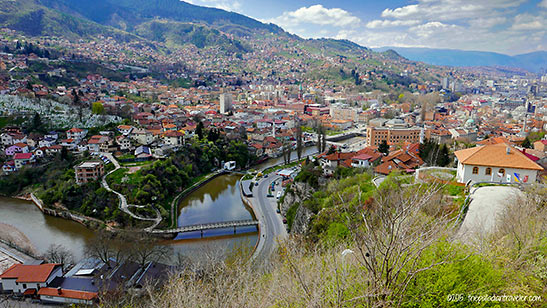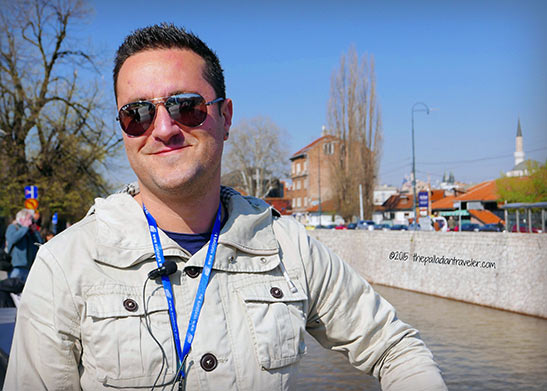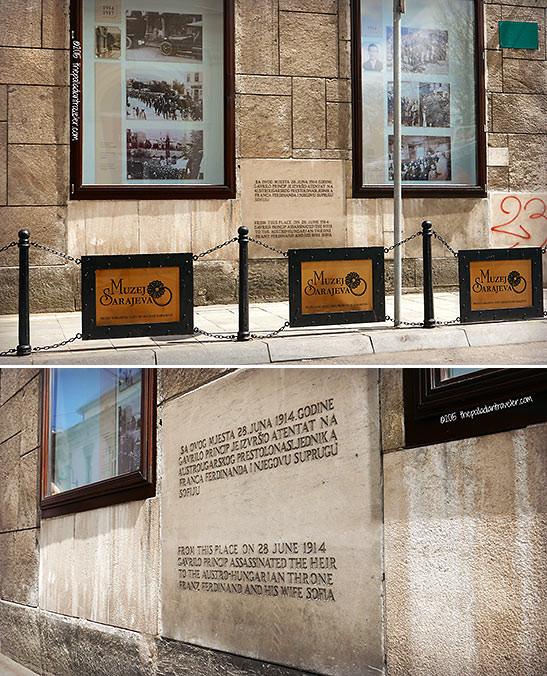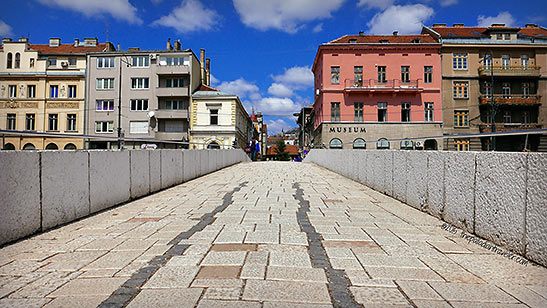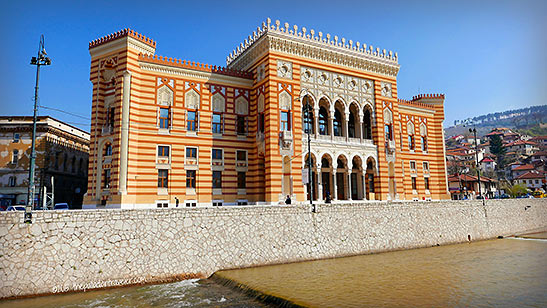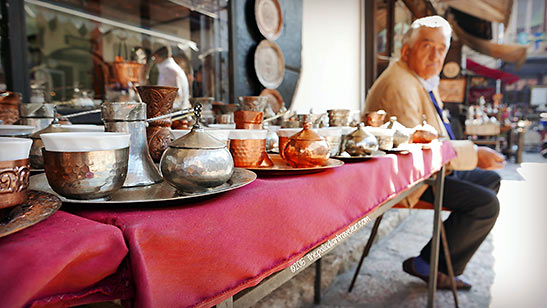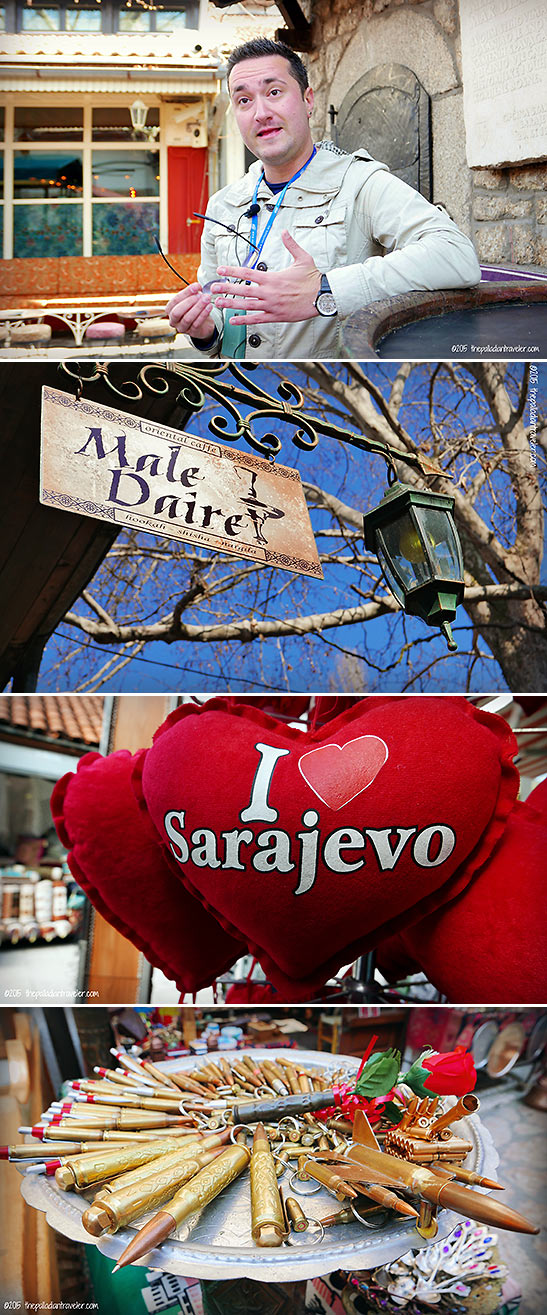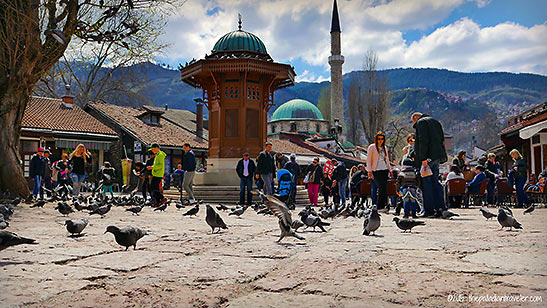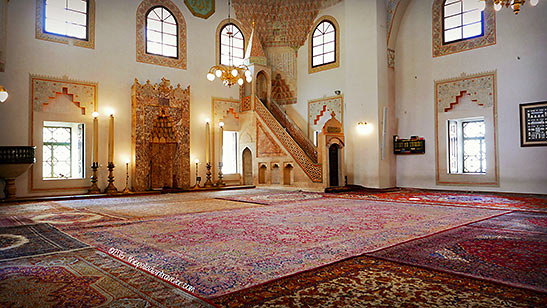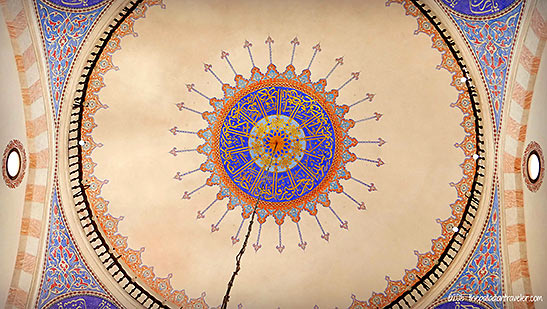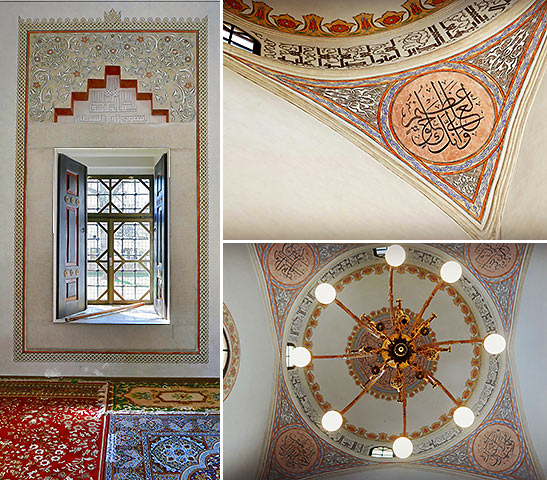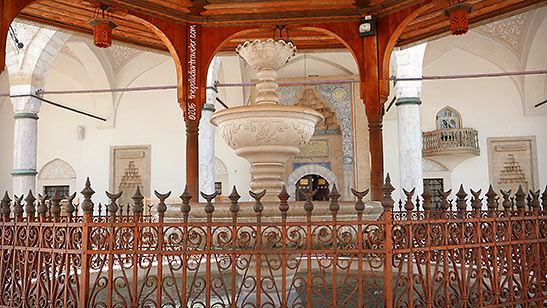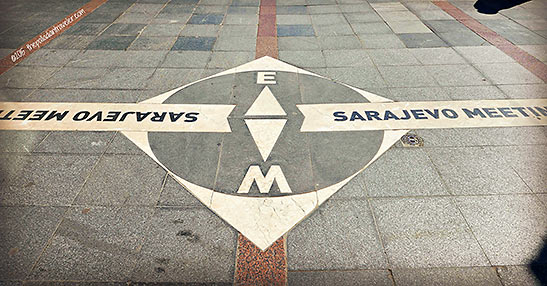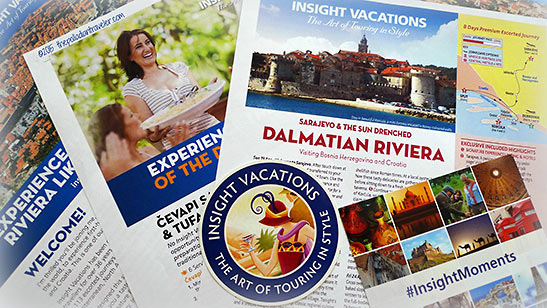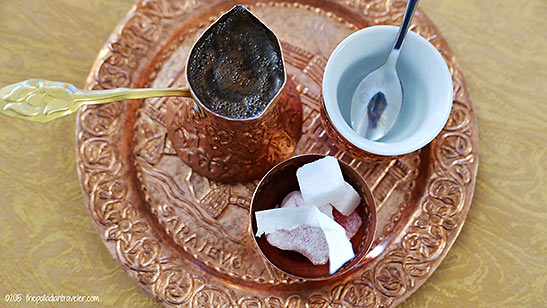|
Destination Bosnia:
Sarajevo's Storied Bridge to World War I (Dispatch #5) Story and photos by Tom Weber
Just a little over a century ago, June 28, 1914 to be exact, Archduke Franz Ferdinand of Austria and his wife Sofia, the Duchess of Hohenberg, were gunned down in broad daylight on a flagstoned street in the Stari Grad (Old Town) of Sarajevo by Gavrilo Princip, a Bosnian Serb.
"Princip was a member of a six-person assassination team," Dino, Insights' thirty-something local expert, explains, "dispatched to Sarajevo by the Black Hand, a secretive military society within the Army of the Kingdom of Serbia."
Dino continues his open-air lecture, "He stood in wait right here on the Latin Bridge until the royal motorcade passed by and then, rushing forward, he fired point blank." Pausing slightly for effect, Dino adds, "The fatal shots from Princip's pistol triggered the start of World War I, the so-called 'war to end all wars'."
Moving quickly out of the historic line of fire, we make our way across the Miljacka River via the iconic Latin Bridge.
Passing by Sarajevo's City Hall, the late 19th century storybook building highlighted by its prominent Neo-Moorish facade, we enter the heart and soul of Old Town: the Baščaršija neighborhood.
Here, the centuries-old Ottoman bazaar, filled with mom-and-pop shops, is alive and well along its labyrinth of flagstone alleyways and intimate courtyards that provide the camera lens with an endless array of postcard-perfect, peekaboo scenes that are suitable for framing.
Baščaršija – repeat after me, bahsh-CHAR-shee-jah – means "main marketplace," and started out in 1462 with a caravanserai (small inn) and several shops and reached its peak sometime during the 16th century when over 12,000 shops, featuring 80 different kinds of crafts, filled the space.
"The alleyways took their names from the kinds of crafts that were being made and showcased," Dino tells us, "like Kazandžiluk, or Coppersmith Street," as we pass by storefronts filled with polished copper items for sale, including pens made from brass bullet casings.
Over time, earthquakes, fires and wars reduced the old bazaar neighborhood to a fraction of what it used to be during its heyday, but it's still Sarajevo's main tourist area, especially around the Sebij, an ornamental, gazebo-like water fountain smack dab in the middle of Pigeon Square.
The Baščaršija is chock-full of artisan workshops, bric-a-brac storefronts, cafes, hookah bars, inviting little restaurants and Ottoman-era mosques, like the Gazi Husrev-beg, where a custodian awaits our arrival and ushers us all inside for a quiet look around.
"This mosque is considered the most important Islamic structure in the country and is one of the world's finest examples of Ottoman architecture," Dino informs us. "And, it was the very first mosque on the planet to receive electricity, installed back in 1898."
The Gazi Husrev-beg mosque takes its name from the 16th century provincial governor of Bosnia, who financed its construction in 1531.
Gazi Husrev-beg, the man, is widely considered Sarajevo's greatest patron, as he bankrolled much of Sarajevo's Old Town. Even after his death, a living trust that he bequeathed the city nearly 500-years ago continues to work its magic even to this day.
Departing the mosque, we exit through its courtyard where an ornate šadrvan (fountain) stands. Used daily to cleanse oneself before entering the grand Islamic house of worship, the sweet-tasting spring water is surprisingly drinkable.
Back out on the pedestrian-only flagstone alleyways, we cross over the symbolic demarcation line, where the cultures of the east and west cross paths, and leave the confines of this atmospheric Ottoman neighborhood and head into the more modern bustle of the Austro-Hungarian side of Sarajevo.
For complete information on Insight's premium and luxury-escorted itineraries, including 113 journeys throughout Europe, just click HERE, or call toll free 1-888-680-1241, or contact your travel agent.
Where to next? Oh, just the absolute best coffee house in the city for an authentic cup of Bosnian Joe. Join me in about 20 minutes, just up the street and around the corner, when you'll hear the waiter ask me: "One lump or two?" Related Articles:
|
